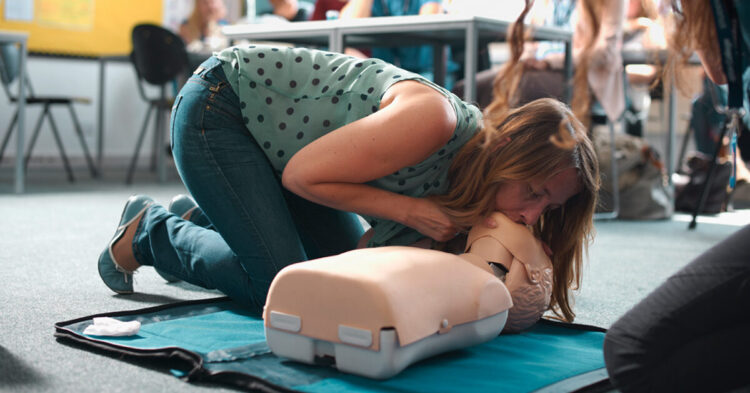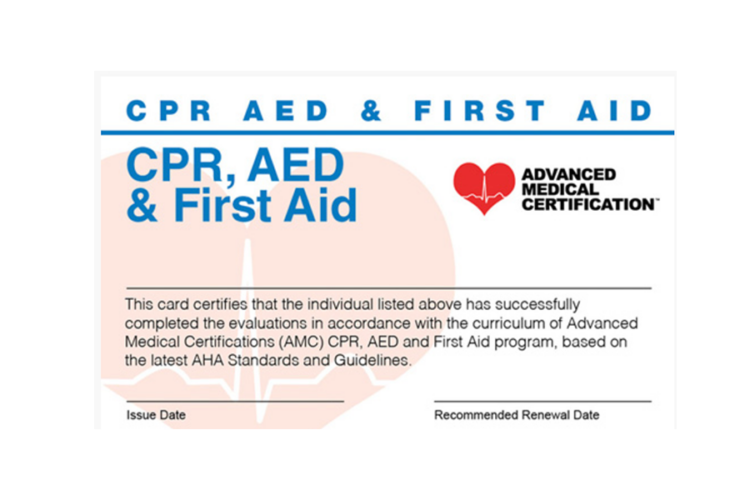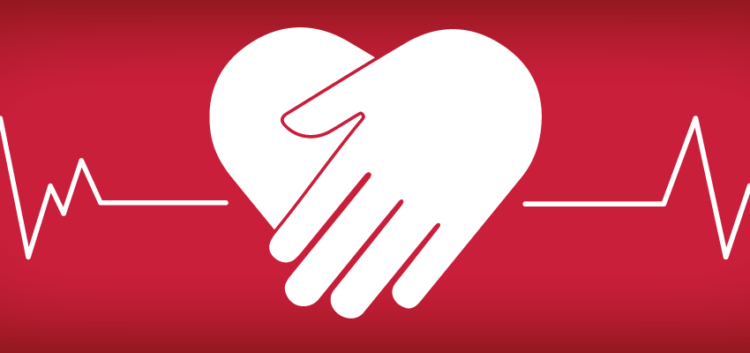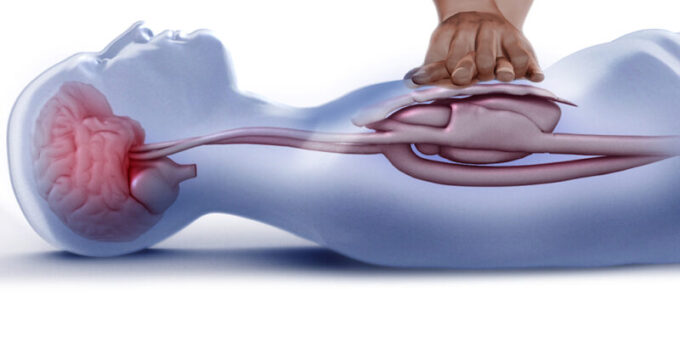Your heart has a big job. It keeps your body working correctly and supplies oxygen to your blood. The muscle is constantly being used to ensure that blood is circulated correctly throughout the body. Your heart will be divided into two different pumping systems. The right side will receive the oxygen you need, and the left side of the heart is where the blood is pumped out. When the heart has issues, it can lead to dangerous problems or cardiac arrest. That is where CPR comes in. When someone’s heart is in danger, you can save their life by performing CPR.
To learn how this process works effectively in the heart, keep reading and check out MyCPR NOW.
Page Contents
When CPR Is Needed And What You Should Know

Source: healthline.com
Cardiopulmonary resuscitation is the emergency procedure meant to save people’s lives if their heart stops or if their breathing stops. When your heart stops, you are in cardiac arrest and need immediate help. When you have reached this stage, your heart cannot get blood to the rest of your body. That includes your lungs and your brain. If nothing is done during this time, you can die within minutes. One thing that is important to note is that cardiac arrest is not the same as a heart attack. A heart attack can occur while the person is still breathing and talking. They need medical attention from professionals immediately.
What You Need To Do First
When someone is in trouble, the first thing to do is determine whether the person is in the cardiac arrest stage or the heart attack stage. Once you have done that, you need to ensure that the person needs help. Once you have determined that they do, you must ensure that the setting is safe. If so, you can act. A person in cardiac arrest won’t breathe, won’t have a pulse, and cannot respond to you. What you must do when this happens is call 911 immediately. If you can’t do it, you need to find someone else to do it.
You should also see if someone can get an AED if one is available. If not, and no one can get one, you need to stay with the victim on the phone with 911 and give CPR to the victim.
Before you start, however, there are a few things that you need to do. Listen carefully for sounds of breathing. Don’t do this for longer than ten seconds. If they are not breathing, begin CPR. If they are gasping, that is not the same as breathing, which means that the person isn’t getting the air they need. You should begin CPR here as well.
CPR NOW Offers Certification

Source: pinterest.com
CPR NOW offers training and certification that will give you the information to do this properly. Training is essential because you could cause the following issues when this is done improperly.
- Broken ribs
- Sternum fractures
- Brain damage
- Heart damage
- Vomiting
Unfortunately, this is just the start of what could happen. More severe issues can occur as well. Many people will say that you don’t need formal training, but you should prioritize having it as it can save people’s lives.
What CPR Does To The Body
CPR works on people who need it because it takes over the function of the person’s heart and lungs. When this happens, you pump the blood and oxygen back around their body. As a result, you will help them regain consciousness. Every second counts in these situations, so you must begin the compressions as soon as you have completed the assessment stage.
CPR NOW Has Vital Information On CPR Performance
CPR NOW has the information you need on CPR. When you have successfully determined that someone needs this procedure, you will start with chest compressions before moving on to breathing.
With your hands centered on the chest, you will place one hand over the other before curling your top fingers over your bottom ones. You should have your shoulders directly over the hands, and your elbows should be locked. You will need a depth of two inches and a rate of one hundred to one twenty per minute.

Source: shine365.marshfieldclinic.org
You must remember to allow the chest to return to its normal position after each compression! After giving thirty compressions, you will need to breathe for the person.
To breathe for the person, you will need to open the airway. Tilt the head into a past-neutral position and open the mouth. From here, you will bend down and breathe into the person’s mouth. Each breath should last for one second and make the chest rise. Before you give the next breath, allow the air to exit.
If the first breath doesn’t make the chest rise, you need to tilt the head while ensuring a proper seal before you give your second breath. If the second breath still does nothing and the chest doesn’t rise, something could be blocking the airway. If you see an object after the compressions, and it can be removed, you should remove it.
If the object in question is lodged in the throat, getting it may cause it to go further back and block the airway. When it has entered their mouth, you can remove it.
Helping Those In Need
When you see someone in danger and ensure that the situation is safe and that they need your help, use your training and call 911 before beginning CPR. You will need to do this until help arrives or the person regains consciousness. One tip that you need to remember is that you need to reassess when the situation becomes unsafe. For instance, if you become exhausted, you will need to have someone take over for you as exhaustion can cause you to begin to do the compressions improperly. You need to ensure that you never put the victim in an unsafe space or do the same to yourself. Be thorough, intelligent, and ensure that you are doing everything possible for the victim so that you can save their life.





